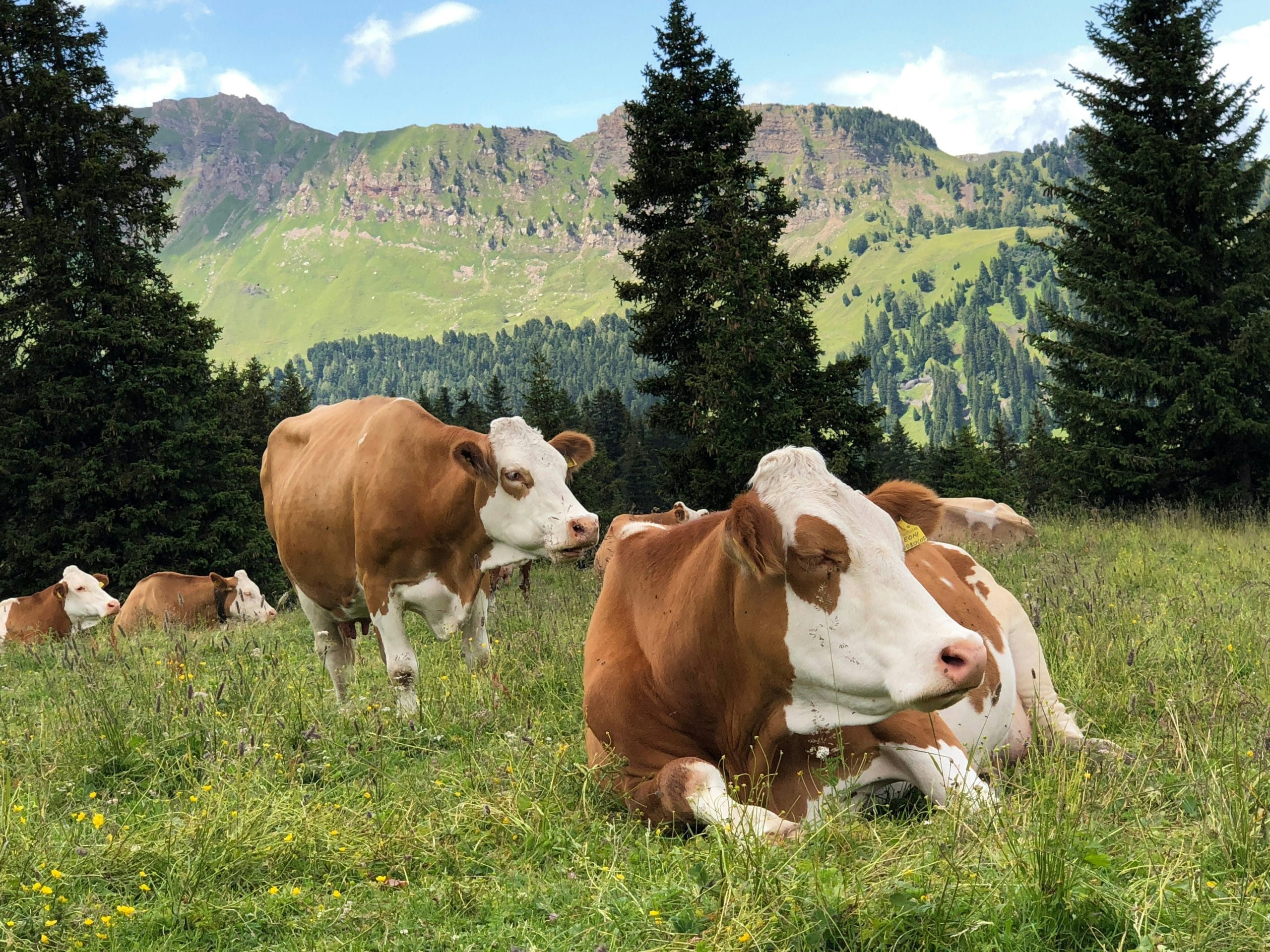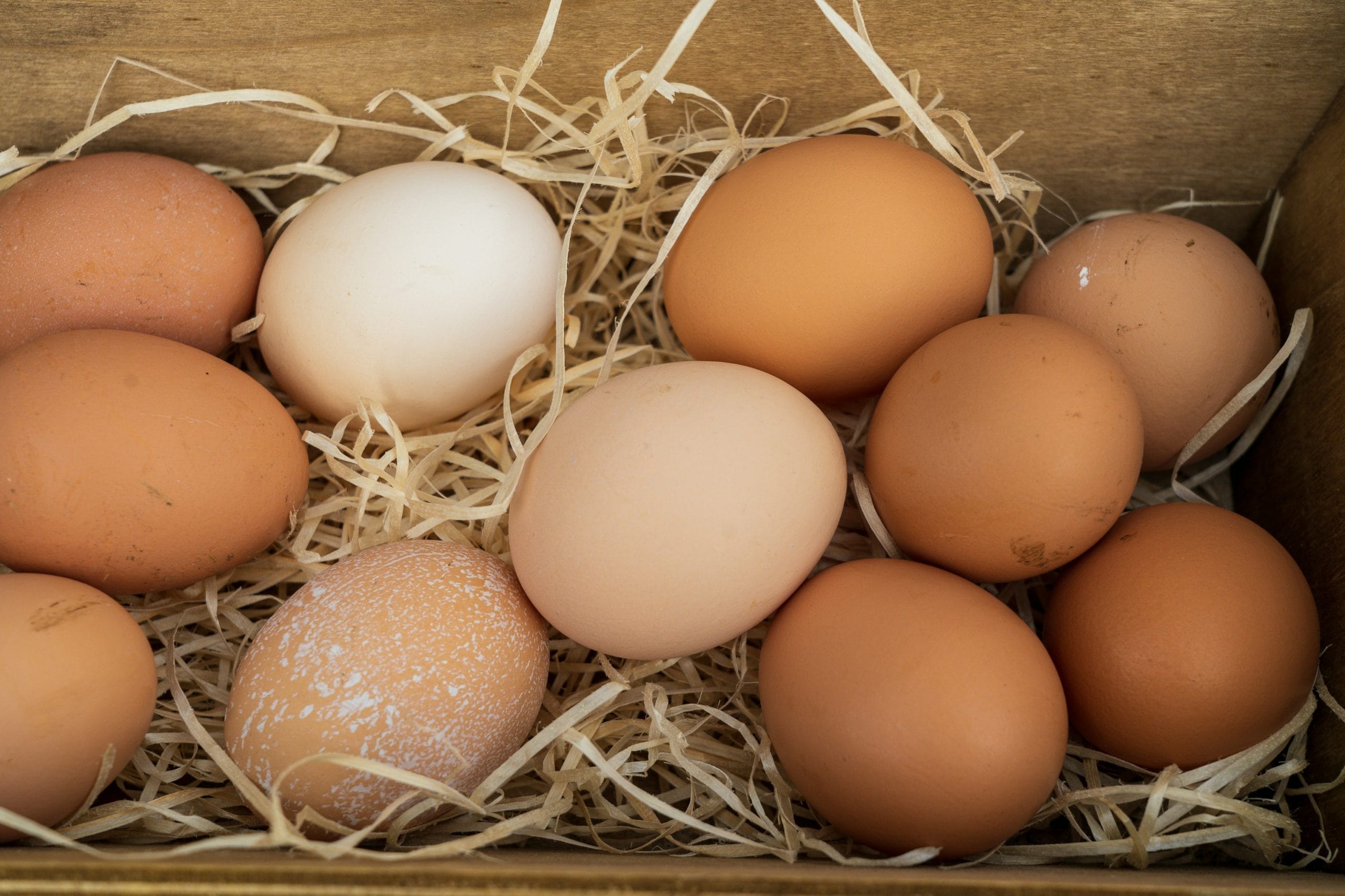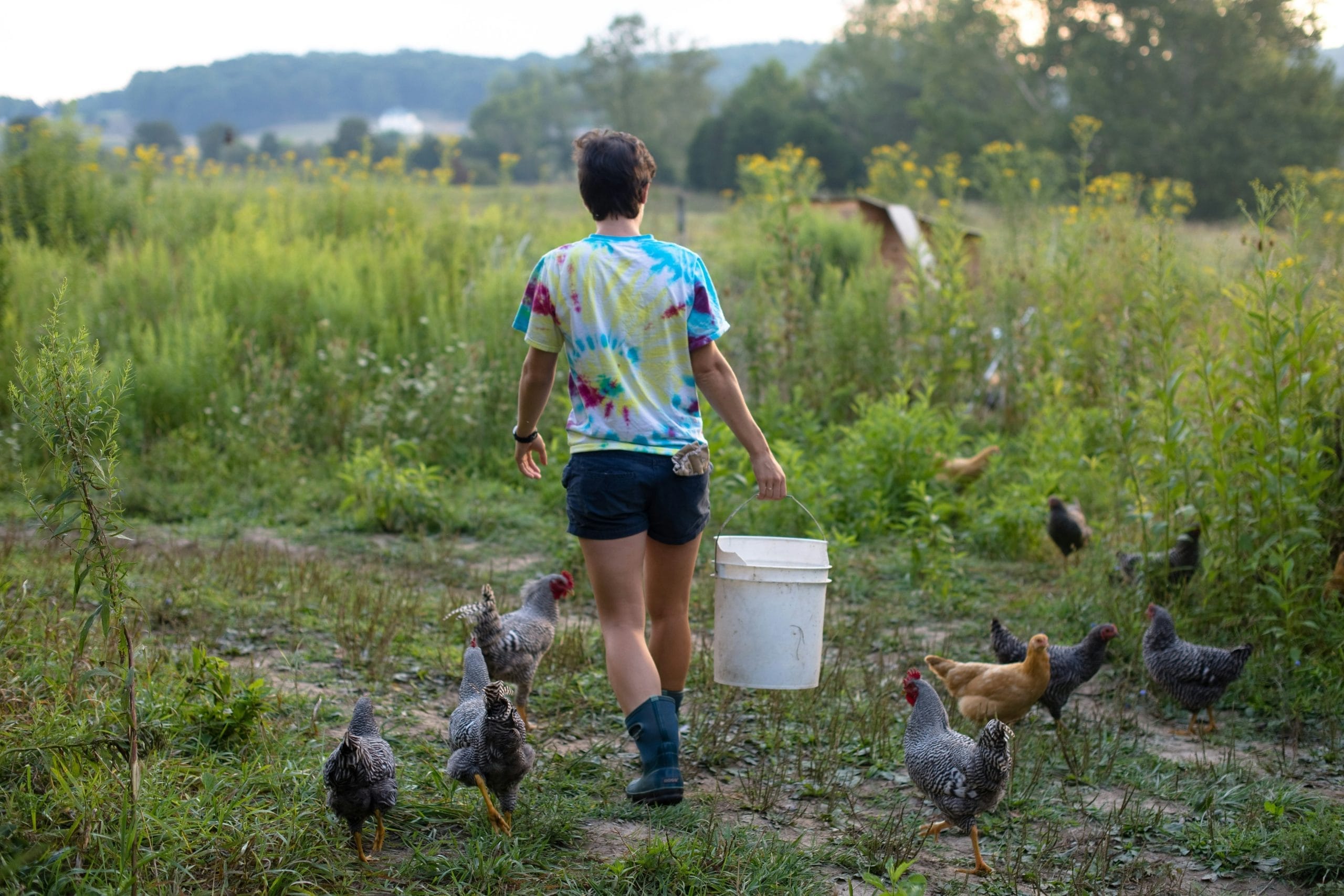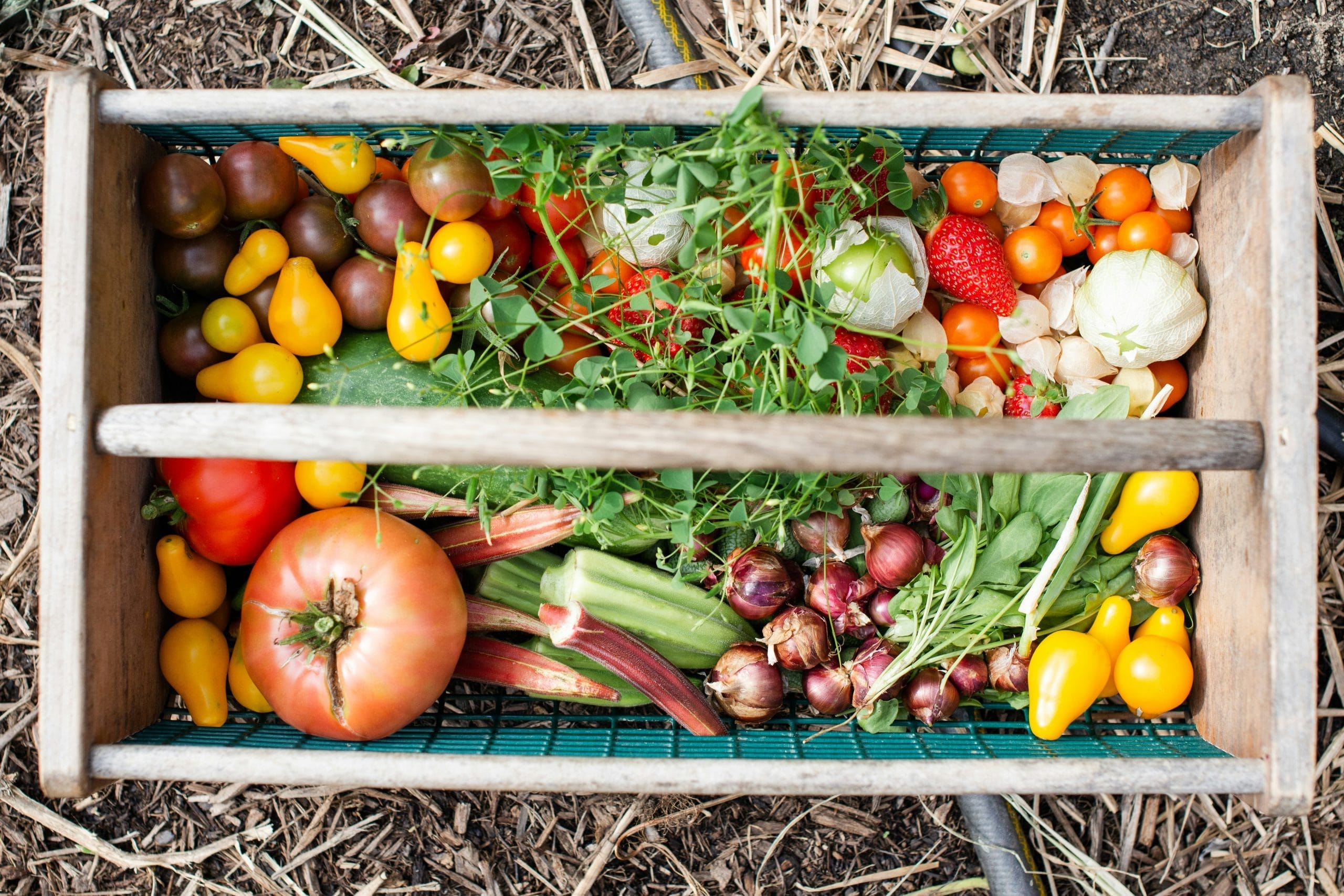This is the third part of a series of short essays based on conversations with ChatGPT, with an emphasis on the basics of self-reliance, self-sufficiency, and other critical considerations for all of us today – and in the near future. It was inspired by a story about the increasing number of cancelled “renewable energy” projects, totaling many billions of dollars.
We have better options. This discussion explores some of them and further inspired me to address other fundamental human needs – specifically, food.
This series covers energy, shelter, food, and water, followed by additional considerations such as medicine, community, skills, waste management, and alternative economies.
Part 1: Energy, Part 2: Shelter, Part 4: Water, Part 5: True Independence
Part 3: Food
Food and Self-Sufficiency: A Path to Resilience and Freedom
Introduction
Embarking on the path to self-sufficiency can feel overwhelming, but it doesn’t have to be. The key is to start where you are and learn as you go. While the challenges are real—whether it’s limited space, financial constraints, or legal hurdles—every step toward food independence strengthens resilience and community well-being.
In an era of economic uncertainty, rising food costs, and increasing concerns over food security, the idea of self-sufficiency is more relevant than ever. Many of us have become entirely dependent on grocery stores and fragile supply chains, leaving us vulnerable to shortages and price fluctuations. But what if we took steps toward regaining control over our food sources? Even if we don’t grow our own food yet, we can start by building relationships with local farmers, producers, and those who have already embraced self-sufficiency. Trading, bartering, and forming cooperative relationships can be stepping stones toward greater food independence.
Fortunately, there is a wealth of knowledge available from those who have paved the way. Organizations like Freedom Farmers (freedomfarmers.com) and experts such as Curtis Stone (urban farming techniques) and Takota Coen (coenfarm.ca) provide invaluable guidance for those looking to make the transition. Though the journey may seem overwhelming or isolating at first, it doesn’t have to be. With experienced mentors and community support, the path to food self-sufficiency becomes practical and achievable.

Laying the Foundation: Building Local Food Networks
One of the simplest ways to begin the journey toward food independence is by connecting with local growers and producers. Farmer’s markets, CSAs (Community Supported Agriculture), and local food co-ops offer excellent opportunities to support small-scale agriculture while ensuring access to fresh, high-quality food. Establishing relationships with local farmers can also open doors for bartering or work-exchange programs.
For those interested in deeper community involvement, organizations such as the National Young Farmers Coalition (youngfarmers.org) provide resources on building resilient local food systems. Books such as The Resilient Gardener by Carol Deppe and The Urban Farmer by Curtis Stone offer practical strategies for integrating food production into daily life, whether in rural or urban settings.
Sustainable Food Production: Overcoming Challenges and Building Resilience
Self-sufficient food production requires more than just growing food; it involves overcoming challenges such as climate variability, soil degradation, and learning new skills. Many aspiring homesteaders and small-scale farmers turn to permaculture and regenerative agriculture for sustainable, efficient food production. Permaculture focuses on designing self-sustaining ecosystems that work with nature rather than against it, while regenerative agriculture aims to restore soil health and biodiversity.
Many aspiring homesteaders and small-scale farmers turn to permaculture and regenerative agriculture for sustainable, efficient food production. Permaculture focuses on designing self-sustaining ecosystems that work with nature rather than against it, while regenerative agriculture aims to restore soil health and biodiversity.
Takota Coen, a regenerative farmer from Canada, shares invaluable insights on soil regeneration, water retention, and holistic farm design. His Permaculture Design Course and Coen Farm resources (coenfarm.ca) are excellent starting points for those interested in applying these principles. Additionally, through Building Your Homestead (buildingyourhomestead.com), Takota provides guidance for individuals and families looking to transition into homesteading, covering essential aspects like land selection, financial planning, and practical strategies for self-sufficient living. Similarly, books like Dirt to Soil by Gabe Brown and Restoration Agriculture by Mark Shepard provide deeper knowledge on sustainable farming practices that can help ensure long-term food security.
Growing and Preserving Food
Starting a home garden is one of the most empowering steps toward self-sufficiency. What’s important is to start where you are and learn as you grow. Even with limited space, techniques such as vertical gardening, container gardening, and hydroponics make it possible to grow a significant portion of one’s food.
For beginners, The New Organic Grower by Eliot Coleman and How to Grow More Vegetables by John Jeavons offer step-by-step guides on soil preparation, crop rotation, and maximizing yield in small spaces. Additionally, online resources such as YouTube channels like MIgardener and Living Traditions Homestead provide practical, real-world gardening advice.
Beyond growing food, learning how to store and preserve it is essential for long-term sustainability. Methods like canning, dehydrating, fermenting, and root cellaring allow families to store food for months or even years, reducing reliance on external food sources.
Resources to explore:
- The Art of Fermentation by Sandor Katz (on traditional fermentation methods)
- Ball Complete Book of Home Preserving (on canning and preserving techniques)
- Online courses and guides from The National Center for Home Food Preservation (nchfp.uga.edu)

Nutrient-Dense Diets: Raising Livestock and Protein Sources
Animal-based diets are among the most nutrient-dense, making livestock an essential component of a self-sufficient food system. Raising backyard chickens, rabbits, or dairy cows can provide vital sources of protein, healthy fats, and essential nutrients. Urban and suburban dwellers may be surprised to find that many municipalities allow small-scale livestock with minimal permits. For those without space to raise larger animals like cattle for beef, forming partnerships with local farmers or participating in community-supported agriculture (CSA) programs can be an effective way to access high-quality animal products.
Key resources for small-scale livestock keeping:
- Storey’s Guide to Raising Chickens by Gail Damerow (a comprehensive guide to poultry keeping)
- The Small-Scale Poultry Flock by Harvey Ussery
- Joel Salatin’s Polyface Farms (polyfacefarms.com) for regenerative animal farming insights
Relocating for Food Sovereignty: Key Considerations
For many, transitioning to a self-sufficient lifestyle may require relocating to an area that better aligns with their goals. Whether moving from an urban environment to a rural setting or finding land suitable for farming, careful planning regarding land access, legal regulations, and financial investments is essential. Depending on the country or region, various grants, low-interest loans, and support programs may be available to help new farmers and homesteaders.
Considerations for Relocation:
- Zoning Laws and Land Use Regulations: Before relocating, research potential regions thoroughly. Consider laws governing agriculture, livestock, and off-grid living, as these vary significantly between areas. Some locations may offer more favorable conditions for homesteading than others.
- Land Ownership and Leasing: Options include purchasing land outright, leasing, or joining cooperative farming ventures.
- Financial Planning: Budgeting for initial investments in land, tools, and infrastructure is essential for long-term sustainability.
Resources for Relocation and Food Sovereignty:
- Freedom Farmers Membership: Provides access to the Homestead Property Directory, a collection of pre-evaluated properties suited for homesteading. Users can filter by geography, climate, and other key factors to find the best fit for their needs. Learn more at freedomfarmers.com.
- Curtis Stone’s YouTube Playlist on Homesteading: Offers in-depth insights into where to homestead and why. Watch it here.
Conclusion: Taking the First Step
Self-sufficiency is not just about survival—it’s about empowerment, sustainability, and reclaiming autonomy. Rather than waiting for ideal conditions, start by making small changes today. Whether it’s growing herbs on a balcony, joining a CSA, or researching homesteading locations, every action brings you closer to greater food independence.
With the wealth of knowledge available from experienced mentors and a growing movement of like-minded individuals, self-sufficiency is more attainable than ever. Take that first step today, and begin your journey toward a more secure and abundant future.
Food self-sufficiency is not just about survival—it’s about empowerment, sustainability, and reclaiming autonomy. Whether you start with a small herb garden, join a local CSA, or dive into full-scale homesteading, every step toward food independence strengthens resilience and community well-being.
With the wealth of knowledge available from experienced mentors and a growing movement of like-minded individuals, self-sufficiency is more attainable than ever. By taking small, practical steps today, we can ensure a more secure and abundant future for ourselves and generations to come.

Continue reading the series:
Part 1: Energy, Part 2: Shelter, Part 4: Water, Part 5: True Independence
